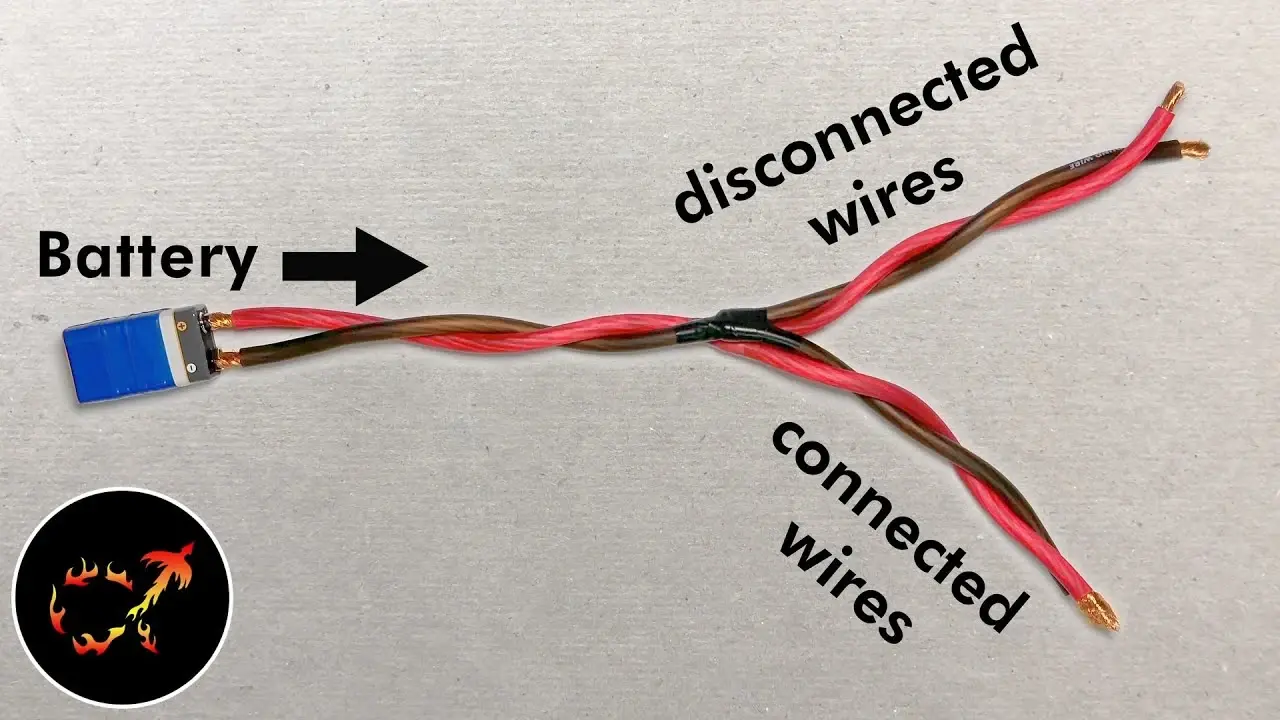

My kitchen scales have a USB-C port. While I certainly would like it to have the capability to stream GB/s worth of measuring data over it fact of the matter is I paid like ten bucks for it, all it knows is how to charge the CR2032 cell inside. I also don’t expect it to support displayport alt mode, it has a seven-segment display I don’t really think it’s suitable as a computer monitor.
What’s true though is that it’d be nice to have proper labelling standards for cables. It should stand to reason that the cable that came with the scales doesn’t support high performance modes, heck it doesn’t even have data lines literally the only thing it’s capable of is low-power charging, nothing wrong with that but it’d be nice to be able to tell that it can only do that at a semi-quick glance when fishing for a cable in the spaghetti bin.


























For a lorry, no. For a private vehicle, yes. Standard driving licenses only allow for up to 3.5t combined permissible weight (that is, vehicle and trailer plus maximum load), 750kg of those for trailer and load. If you want to drive a combination of vehicle and trailer individually up to 3.5t (so total 7t) you need a trailer license, anything above that you need a lorry license with all bells and whistles such as regular medical checkups.
Or, differently put: A standard VW Golf can pull almost thrice as much as most drivers are allowed to pull.
A small load for a private vehicle would be a small empty caravan, or a light trailer with some bikes. A Smart Fourtwo can pull 550kg which will definitely look silly but is otherwise perfectly reasonable, that’s enough for both applications.